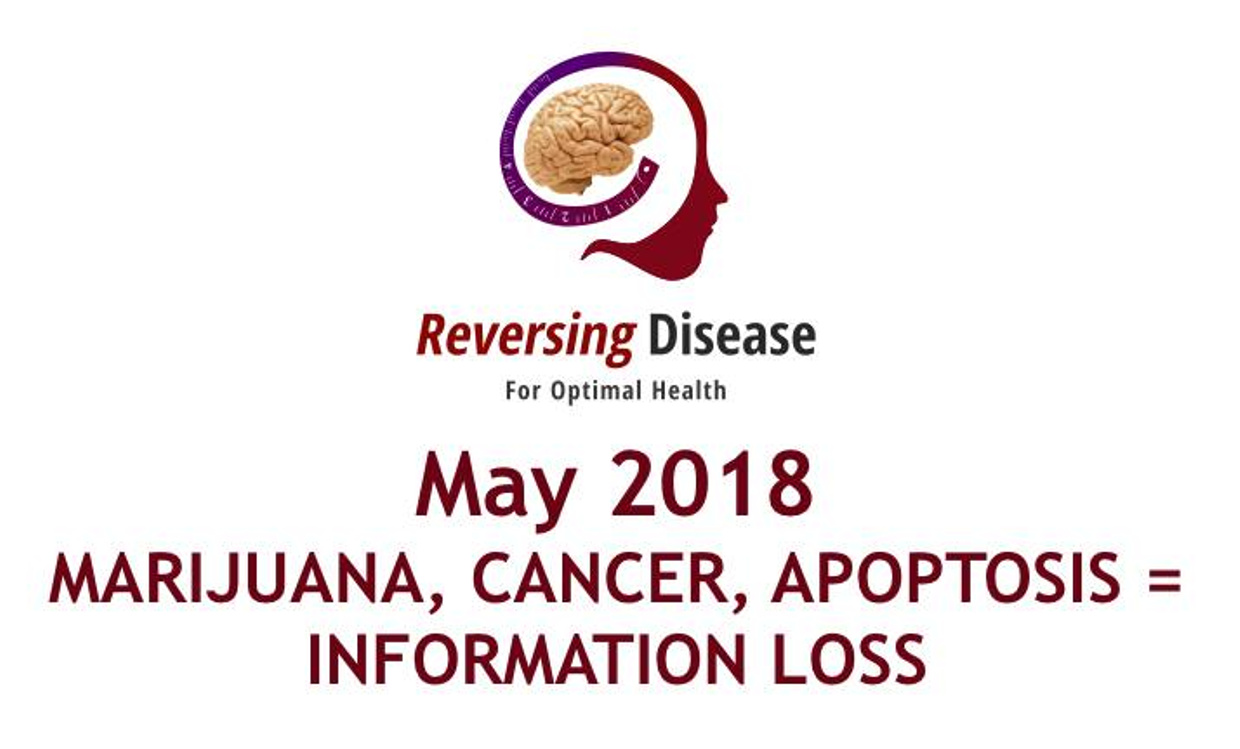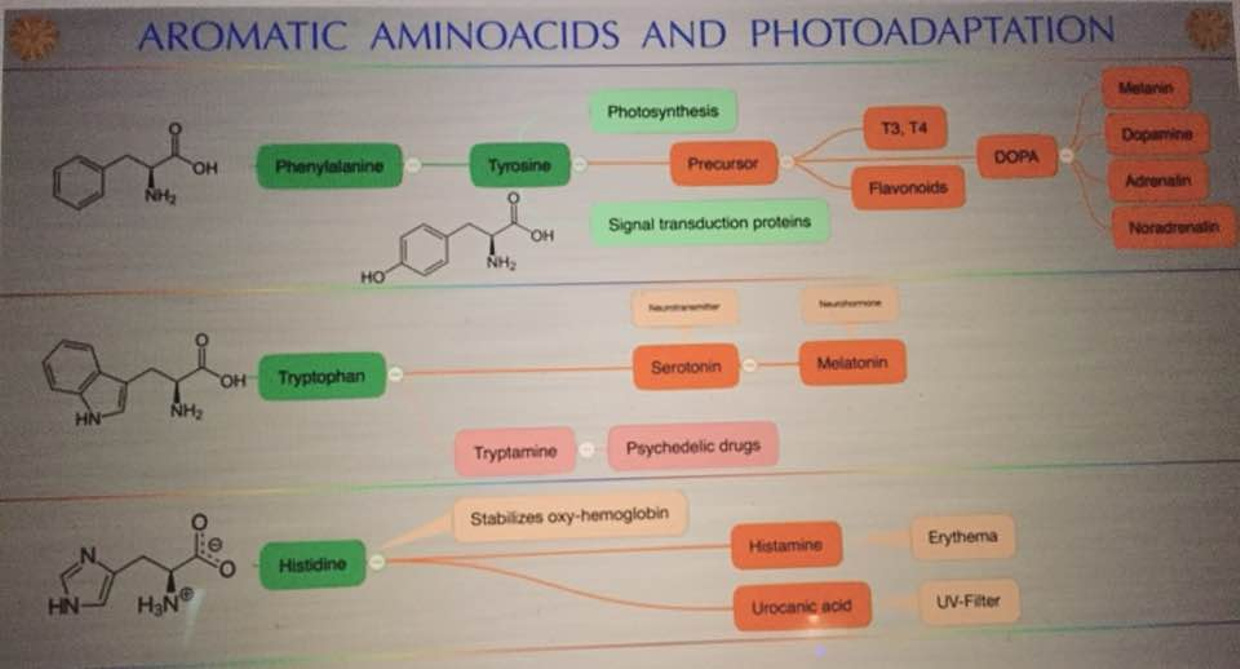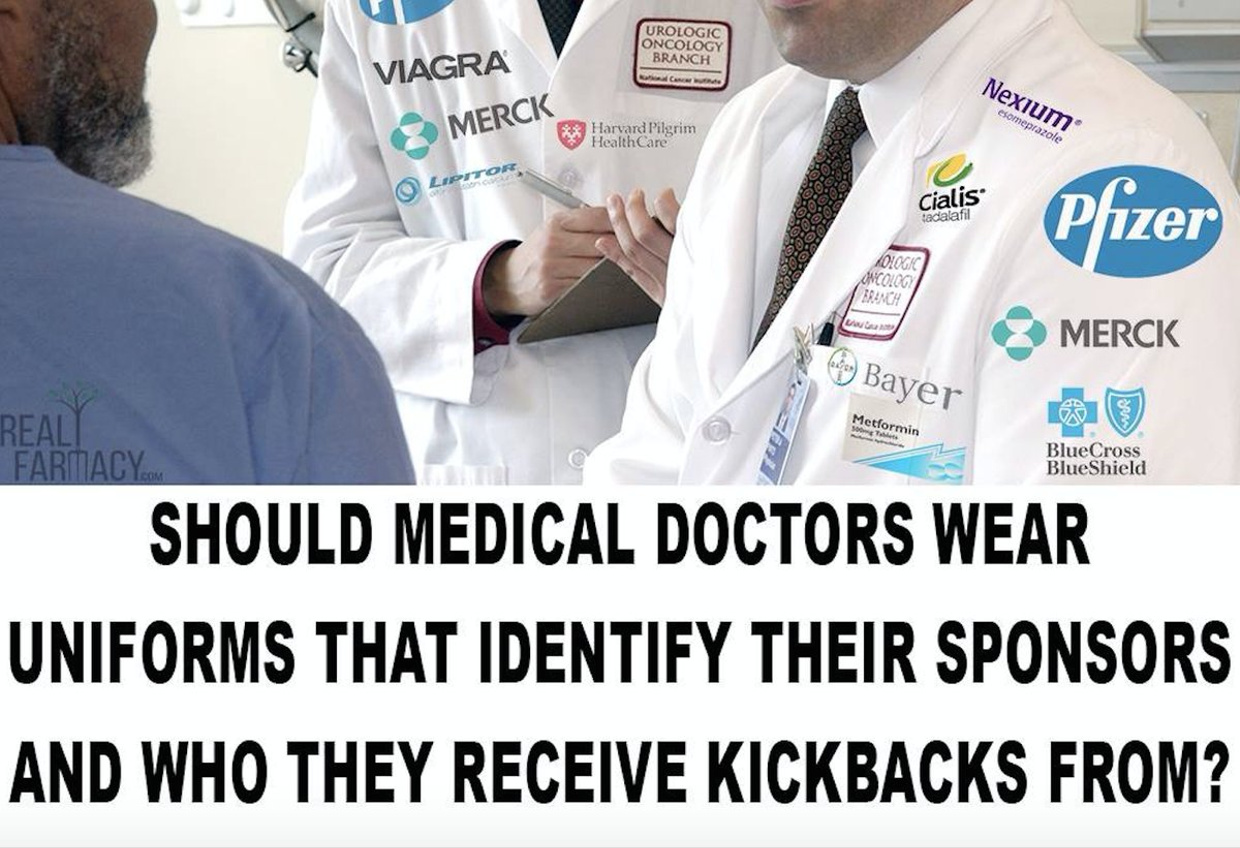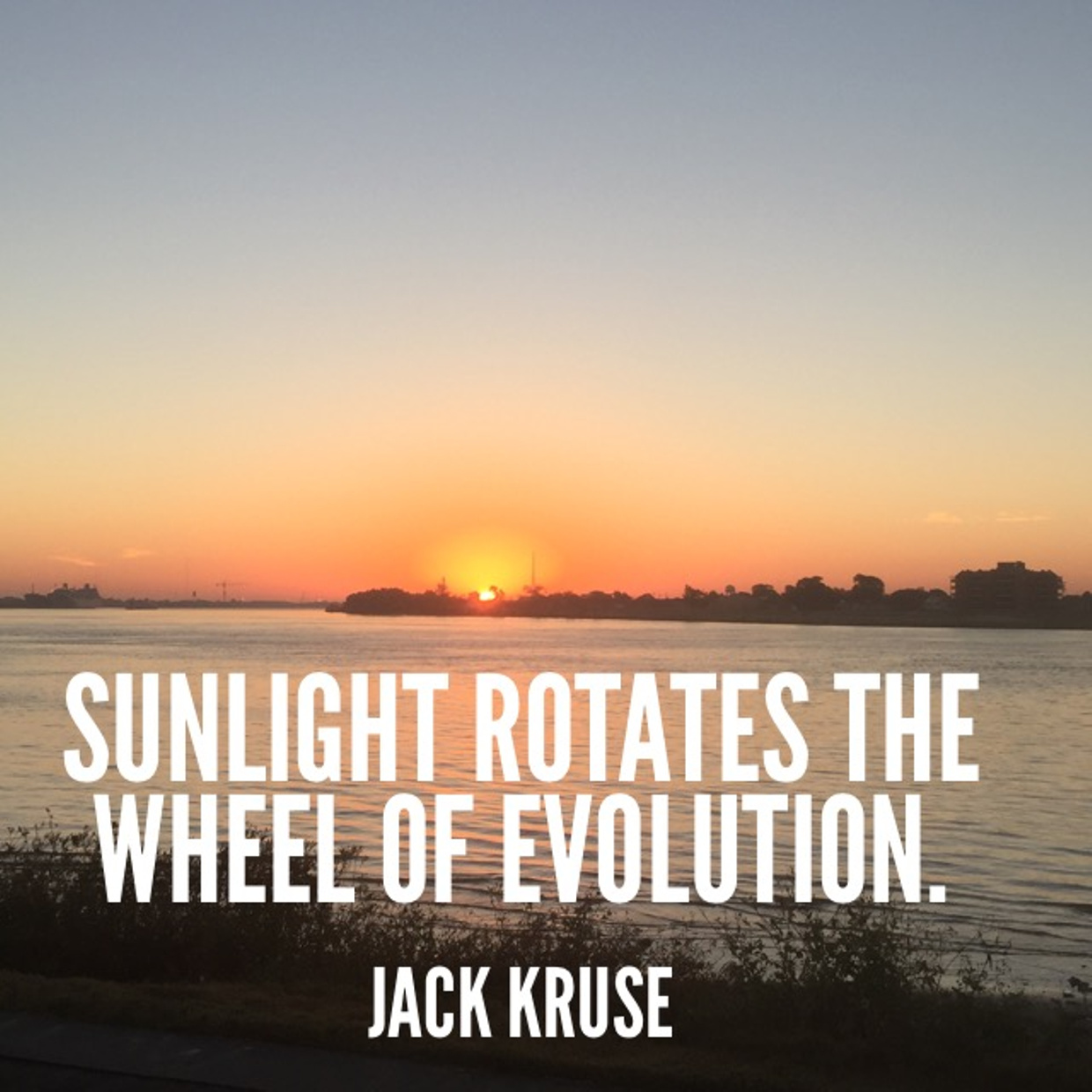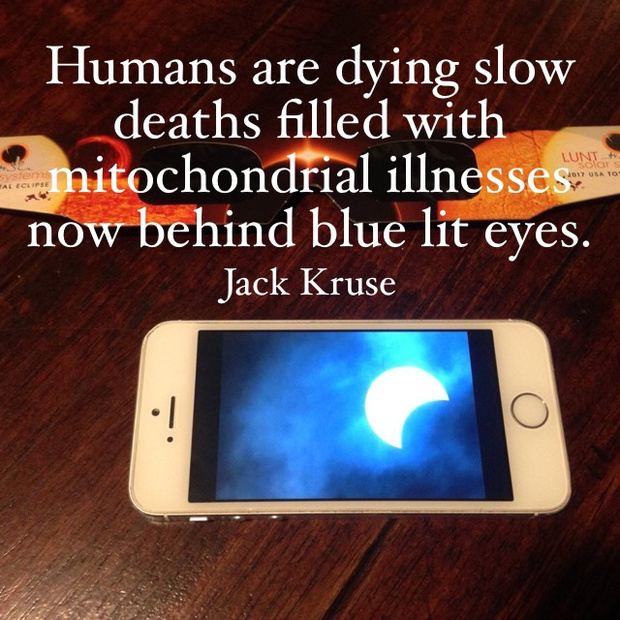
In the 19th century, Dr. E. Babbit, M.D. proved that colored light was capable of healing through the effect on the autonomic nerve fibers in the skin and via the nerves from the eye to the brain. Dr. Spitler proved in the 1930’s that psychiatric illnesses could be cured or improved by using a visual colored monochromatic light source. It is now known that there are at least four effects from light. These are:
1. The optic nerve to the pituitary gland, temporal lobe, and occipital lobe of the brain. This information affects the conscious part of the brain without interpretation.
2. A second nerve bundle from the retina to the hypothalamus, which is a major control area for both the sympathetic and parasympathetic nerves. Dr. Fritz Hollwich, M.D. has shown that color affects neurotransmitter and hormone levels in the brain and spinal cord, which in turn affect the rest of metabolism and biochemistry. No one in the modern nutrition world seems aware of his work in blinded and sighted humans. (Vermont 2017 video)
3. This path goes from the retina to the midbrain, and then to the superior cervical ganglion to the brainstem and then to the pineal gland. This area controls, among other things, our circadian (sleep/wake) cycle. This effect is mediated by melanopsin and retinol in humans in the eye, skin, subcutaneous fat mass, and the arterioles of the skin.
4. The last is a direct effect of the light upon particles that travel in the lymph, blood, and nerves. Researchers at the University of Vienna found that albumin is one of the particles able to be charged by sunlight. It turns out albumin is made up of a large portion of aromatic amino acids that all absorb UV light in the blood plasma. It also turns out the pH has a massive effect on how albumincan absorb UV light in the blood plasam. The charges added to albumin are radically different if it is done by artificial light with blue light present. After albumin has its topologic charge altered, it is then able to deliver this charge to tissues at distant locations (tissues) in the body. Here is the original paper on how albumin works in the blood. The higher one’s albumin ratio is the better they do long term. This is especially true in most cancers.
Thanks to it, light at specific frequencies in the visible spectrum can act as a powerful tool to stimulate the biochemistry of the brain through the visual system by way of the retinal-hypothalamus brain connection.
INSULIN IS NOT JUST A PANCREATIC BASED HORMONE.
In 1922, Banting and Best found that insulin was the pancreatic hormone that regulates carbohydrate metabolism. What many people do not know about the insulin story is that ophthalmologist, in 1950 Fritz Hollwich, conducted functional tests of carbohydrate control on blind subjects based upon the methods described by Staub and Traugott. Their method involved a double alimentary glucose tolerance test given within 60-90 minutes. They found in healthy people the second dose of grape sugar, which was given when the blood sugar was already falling had no effect or a slight effect on plasma glucose levels.
In his first run of experiments on ten blind subjects using the above methodology, Hollwich obtained negative results deviating from what earlier experiments showed in sighted people. Hollwich demonstrated that light via the eye had an unknown effect on insulin physiology. His work was confirmed in 1953 by Fuchs et al, and von Schumann (1953) and by Wassner in 1954. Hollwich repeated his own experiments with larger numbers of blind patients in 1963, and again with the help of Diekhues in 1967.
After these finding in Europe, the insulin tolerance test of Radoslav became the gold standard. These experiments showed in all cases that in blind patients who received the insulin tolerance test, the blood sugar levels dropped far below the physiologic threshold they expected compared to sighted patients. Hollwich was the first person in the world who showed that the results of both tests indicated a connection between blindness and a dysfunction of the hypophyseal portion of blood glucose regulation. This finding is still not well known in modern diabetic research and diabetics with cataracts should be EXPECTED to have substantially different plasma glucose changes than patients without eye disease.
This is also true for diabetics with AMD. Again none of this is found in the modern literature of diabetes because eye surgery has changed massively since Hollwich’s time.
Hollwich and Diekhues, in 1967 and 1971, did an amazing set of experiments on cataracts patients tested before and after eye surgery. They showed a significant rise in blood sugar from 87.5mg to 98.5 % post surgery under a constant dietary regimen and light environment. This variance in the postop Staub-Traugott tolerance test seen in the blind state before surgery and in the state of restored sight post-op can, with the food and light environment controlled served as definitive proof that ambient light’s entry into the eye has a massive influence on the regulation of glucose balance in humans.
Funny how you never hear any food gurus mention these experiments huh?
This is pretty convenient for Big Pharma too who create drugs just that act on the gut hormone. None of their solutions deal with the eye or skin. This is why treating diabetics with just oral or IM injections fails to reverse anything. I have a sense Big Pharma knows that.

We now know, because of Hollwich that insulin is a solar hormone and has a diurnal rhythm independent from glucose intake. Those studies were done in 1974 and 1975 with radioimmune assays by Jarrett in 1974, Lakatuna et al in 1974 and Lestradet et al in 1974, Reinberg et al in 1974, and Thum in 1975. Thum’s paper in 1975, in particular, provides the possibility of assessing the precise means of light experiments with normal-sighted and blind subjects that should be done. None have because of the food guru perspective. Most are not even aware of this work in nutrition research because they only see what they want to see. What happens in the eye and skin when you eat is more important than what you eat. How is that for a truth bomb?

Most of the modern nutrition studies touted in the LCHF and paleo groups have no ambient light controls for the eye and Hollwich definitive proved in the 1960’s that Banting and Best initial observations of insulin’s effect is radically altered by ambient light via the eye or skin. We can add the skin to Hollwich’s work because in December 2017 we found it is in the skin and subcutaneous fat.

This is why most of the modern beliefs around carbohydrate metabolism are horribly flawed. I’ve been waiting 4 years for some of the gurus in here to go read his work and realize how much really is not known about ambient light’s effect via the eye and skin now that we found out melanopsin is in both tissues and melanopsin system radically effects the diurnal rhythms of insulin without ANY FOOD in the alimentary tract. Type 2 diabetes (T2D) is not purely a metabolic story tied to food, as you’ve been lead to believe. It has more to do with light via the eye and skin because of Hollwich’s experiments in the blind versus sighted humans from the 1960’s. It has been seriously upgraded by the news we found on melanopsin in the last 8 months. This was the topic of my Vermont 2018 talk. Most people believe diabetes is tied to food and a gut problem. It is not. When the circadian mechanism is off the eneterocytes do not turn over every 24-48 hours and this allows deuterium to enter the liver and this is what really causes diabetes problems most are familiar with. The process, however, begins with blue light exposure in the eye and skin, and this ruins the peripheral clock mechanism in the gut and liver as the picture below shows.

?The straw that breaks the camel’s back is epigenetic = fake blue light = melanopsin and Vitamin A problem = low melatonin and leads to poor mitochondrial DNA = problem in the eye and skin = a BLUE LIGHT HAZARD in the peripheral gut clocks in the enterocytes that spreads to the liver rapidly. That is really what diabetes is to a mitochondriac. That is what I showed in Vermont 2018.

?Eat SEASONALLY, but crap LIGHT environment = T2D.
?The wise N=1 ➡️ Reasonable seasonal carbs in the AM in summer, but get lots of sun with skin in the game + keep technology in check past 6 PM in any season. Your HbA1c never gets above 4.6 and you won’t need meds or physicians.
Artificial blue light stimulates the anterior hypothalamus via the central reitnal pathways, by activating the PVN. Normally sunlight with blue light and red in the AM can help activate the parasympathetic nervous system while stimulating the anterior pituitary hormones. Subtracting out the red light and adding the blue is our modern problem. This means that all colors in the bluish spectrum – from blue/green through blue to violet at 400nm is a problem for the gut because of melanopsin and the Vitamin A link to melatonin function. Blue light via the eye or skin activates digestion and stimulate insulin secretion in the gut without the need for any food in the gut because of how melanopsin lowers melatonin by altering retinol function to ruin photoreceptor function that controls the human circadian mechanism.
CITES:
Hollwich, F.: The Influence of Ocular Light Perception on Metabolism in Man and in Animal. Berlin, 1985.
https://medicalxpress.com/news/2018-06-diabetes-results-breakdown-epigenetic.html
http://www.jbc.org/content/171/2/767.full.pdf
http://www.biotopics.co.uk/as/insulinproteinstructure.html
Szent-Gyorgyi, A.: Introduction to a Submolecular Biology. Academic Press: N. Y., 1960.
Wurtman, R.: The Effects of Light on the Human Body. In: Scientific American, July 1975, Vol. 233, Nr. 1, S. 68-79.
Gabel, S.: Information Processing in Rapid Eye Movement Sleep: Possible Neurophysiological, Neuropsychological, and Clinical Correlates. In.: Journal of Nervous and Mental Disease, 175, 1987, S. 193-200.
Toupin, A.: Photic Avtivation and Experimental Data Concerning Colored Stimuli. In: Neurology (Minneap.), 16, 1966, S. 269






